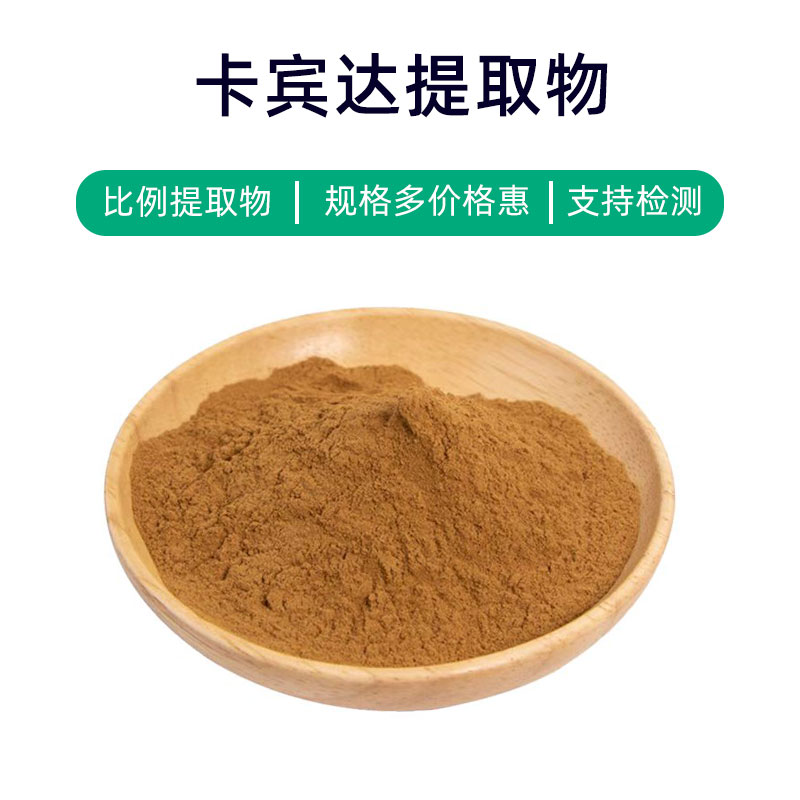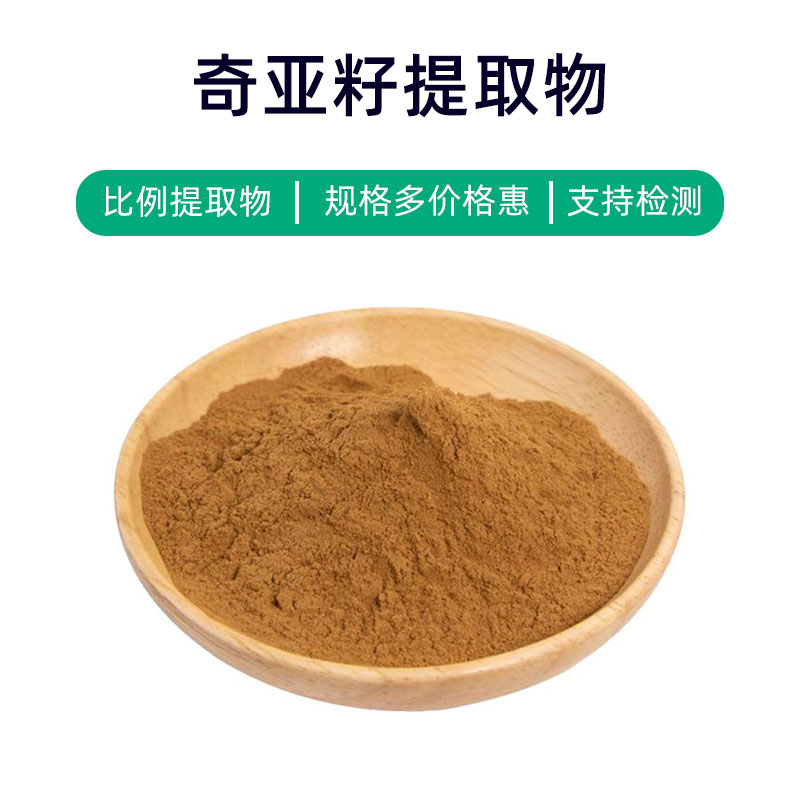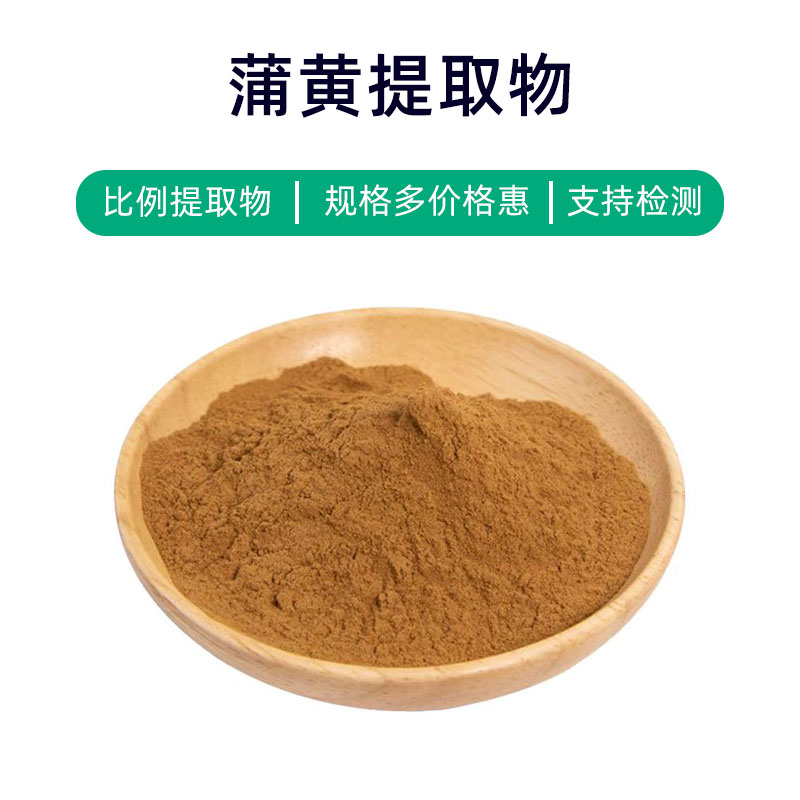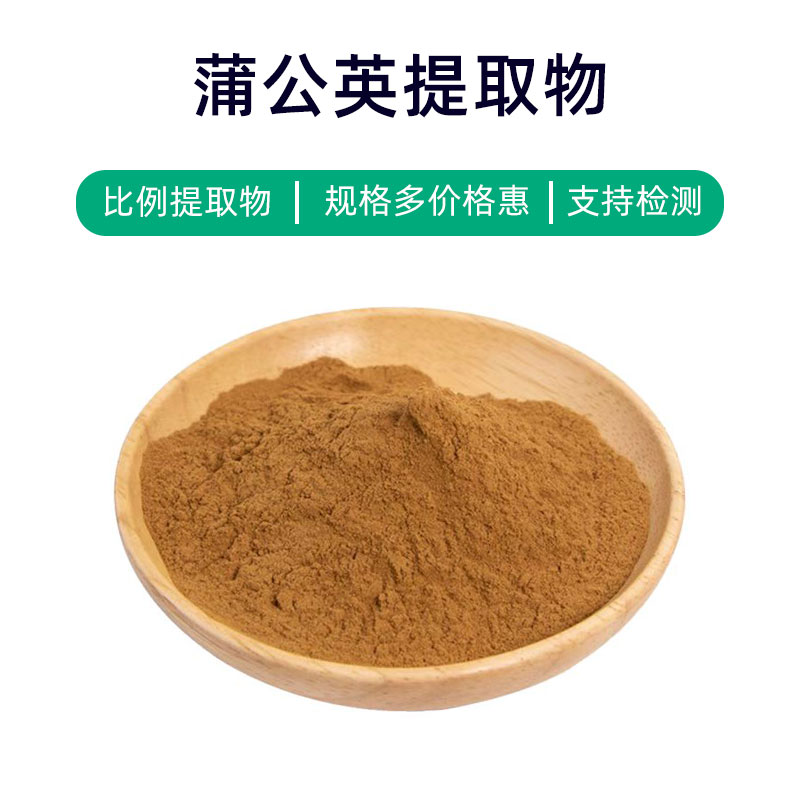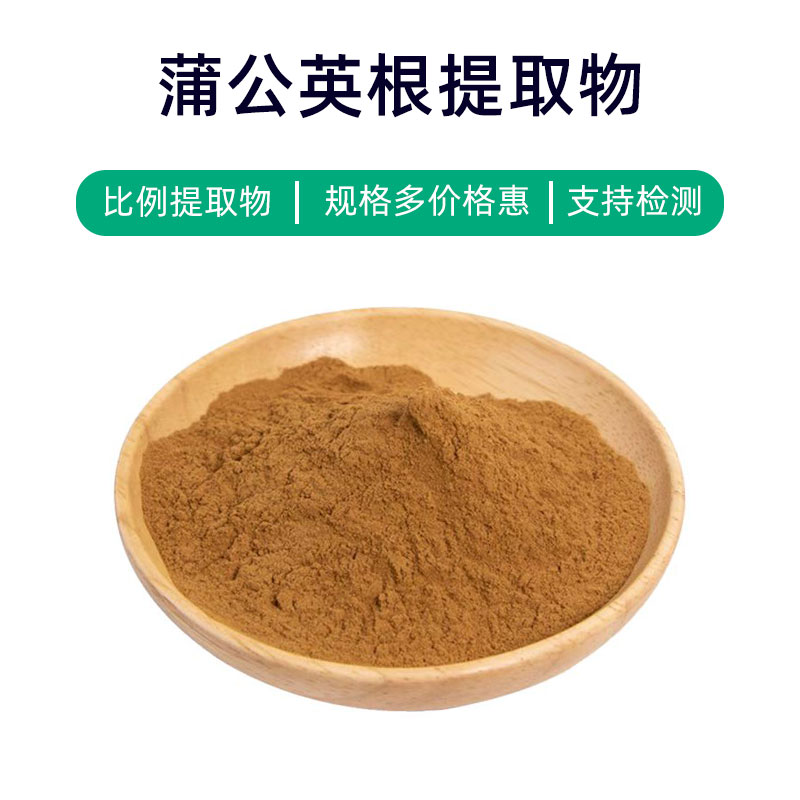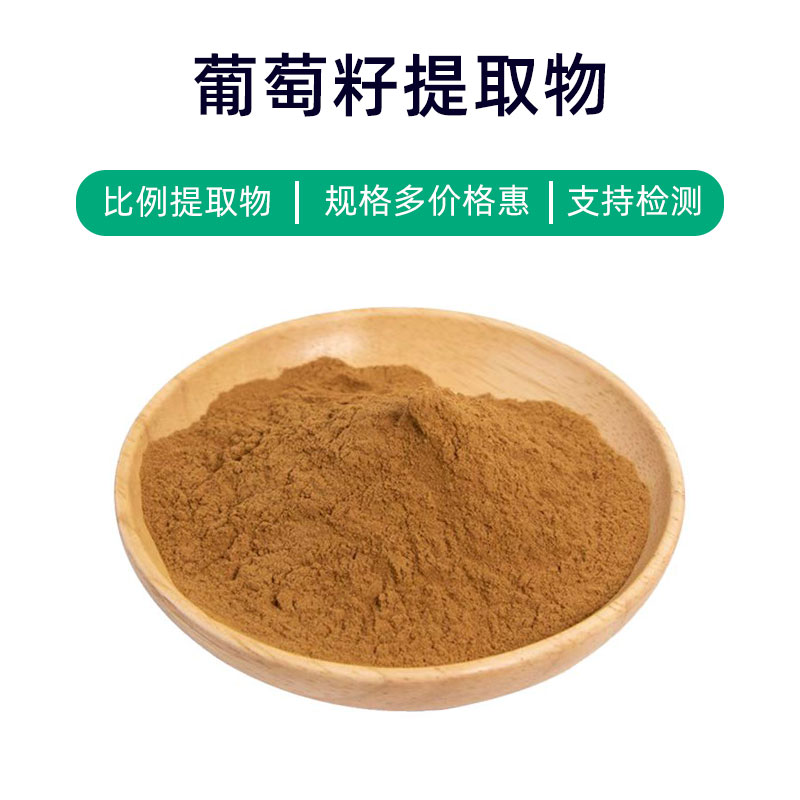Introduction to Aconitum Extract
Aconitum Extract is a natural plant extract obtained from the roots of Aconitum (scientific name: Aconitum carmichaelii Debx.). Its main components include aconitine, mesaconitine, and other alkaloid compounds. Aconitum Extract is widely used in traditional Chinese medicine, known for its properties in promoting blood circulation, dispelling wind and cold, pain relief, and supporting pregnancy. It is commonly used in traditional remedies for conditions like rheumatic pain, joint swelling, and dysmenorrhea. Additionally, Aconitum Extract is also utilized in health products and cosmetics to improve skin issues, enhance blood circulation, and relieve fatigue.
It is important to note that Aconitum Extract can be toxic, so it must be used strictly according to the advice of a doctor or professional to avoid overdose or prolonged use. When using products containing Aconitum Extract, one should pay attention to dosage and application methods to prevent adverse reactions.
Production Process of Aconitum Extract
The production process of Aconitum Extract typically includes the following steps:
- Raw Material Preparation: High-quality Aconitum roots are selected and undergo initial processing and cleaning. They are then dried to ensure quality and dryness.
- Crushing and Grinding: The dried Aconitum roots are ground using mechanical milling or microwave heating methods into a powder form.
- Extraction Process: Appropriate solvents (such as ethanol, water, or ethyl acetate) are used to extract effective components from the Aconitum powder. Common methods include ambient temperature soaking, heated reflux extraction, or supercritical fluid extraction.
- Filtration and Separation: The extract is filtered to remove suspended solids and impurities, yielding the extraction liquid.
- Concentration Treatment: The extraction liquid is concentrated using methods like evaporation, vacuum concentration, or reduced pressure distillation to concentrate effective components.
- Water and Solvent Removal: The concentrated extract undergoes treatment to remove residual moisture and solvents, resulting in Aconitum Extract.
- Drying and Preparation: The final Aconitum Extract is dried using methods such as spray drying, vacuum drying, or freeze-drying to achieve a powdered form.
- Packaging and Storage: Aconitum Extract is packaged and stored in a sealed environment in a cool, dry place to avoid direct sunlight and moisture, ensuring stability and quality.
Efficacy and Side Effects of Aconitum Extract
Aconitum Extract is a commonly used herbal material with various effects, mainly including:
- Anti-inflammatory and Swelling Reduction: Contains multiple bioactive components that exhibit significant anti-inflammatory and swelling-reducing properties, alleviating inflammatory responses and minimizing tissue swelling and pain.
- Antibacterial and Antiviral: The effective components have antibacterial and antiviral properties, useful for treating infectious diseases such as skin infections and respiratory infections.
- Pain Relief and Itch Relief: Exhibits pain-relieving and itch-relieving effects, effective for conditions like arthritis and skin itching.
- Vasodilation: Some components promote blood vessel dilation, improving blood circulation, lowering blood pressure, and preventing cardiovascular diseases.
- Liver Protection: Offers protective effects on the liver, promoting hepatocyte regeneration and reducing liver damage, effective against conditions like hepatitis and fatty liver.
- Antioxidant: The active components exhibit strong antioxidant properties, scavenging free radicals and delaying aging, protecting cells from oxidative damage.
- Immune Regulation: Helps modulate the immune system, enhancing body resilience and disease resistance.
- Promoting Blood Circulation: Aconitum Extract can enhance blood circulation and improve microcirculation, aiding in alleviating symptoms of coronary heart disease and cerebrovascular disorders.
Despite the various benefits, it is crucial to be aware of potential side effects from misuse, such as overdose leading to toxicity, with symptoms like nausea, vomiting, dizziness, and palpitations. Therefore, Aconitum Extract should be used under medical guidance, controlling dosage to avoid adverse effects.
Usage Scenarios and Dosage of Aconitum Extract
Aconitum Extract has broad applications in the fields of medicine, food, and cosmetics. Here are the usage scenarios and recommended dosages in various fields:
- Medical Field:
- Rheumatic Pain: Aconitum Extract, with anti-inflammatory and pain-relieving properties, can be used for treating rheumatoid arthritis and bone hyperplasia. Common application is as an external ointment or poultice, applying an appropriate amount to the affected area 2-3 times daily.
- Skin Disease Treatment: Effective for ailments like eczema and acne. Common usage involves topical ointments or washes, following medical advice.
- Cardiovascular Diseases: Certain formulations can treat angina and hypertension, commonly taken as oral medication, 10-15 grams per dose, 2-3 times daily.
- Food Sector:
- Health Supplements: Frequently included in health foods for boosting immunity and antioxidant functions. The recommended daily intake is typically 1-2 grams, adjustable based on individual conditions.
- Seasoning: Can be used as a food flavoring agent to enhance taste, though care should be taken with dosage to avoid overconsumption.
- Cosmetic Sector:
- Skincare Products: Aconitum Extract's antioxidant, anti-inflammatory, and pain-relieving benefits make it suitable for products like creams, lotions, and masks, aiding with skin issues and reducing wrinkles and blemishes. Dosages depend on product formulations.
- Hair Care Products: Commonly used in shampoos and conditioners to improve dandruff and itchy scalp issues, promoting healthy hair. Directions should follow product instructions.
When using Aconitum Extract, strict attention should be paid to medical recommendations or product instructions to prevent adverse reactions from excessive use, especially in special populations like pregnant women and children.
Overview of the Plant Source of Aconitum Extract, Distribution, and Growth Environment
Aconitum (scientific name: Aconitum kusnezoffii Reichb.) is a perennial herb belonging to the Ranunculaceae family. Here’s an overview of the plant source of Aconitum Extract, including its distribution and growth environment:
Source Plant Introduction:
Aconitum is a perennial herb with a robust tuberous root, characterized by its palmately lobed leaves. The flower arrangement is spike-shaped, predominantly in dark blue or purple, occasionally white. The entire plant is toxic, with the main toxic components being aconitine.
Distribution:
Aconitum is native to Northeast China, primarily found in Jilin, Heilongjiang, and Liaoning provinces, with some presence in Russia's Far East. It is also distributed in Japan, the Korean Peninsula, and Mongolia.
Growth Environment:
Aconitum flourishes in moist mountainous meadows, grass slopes, and damp areas near streams, typically at altitudes below 1500 meters. It prefers rich, well-drained soil and is sensitive to moisture, thriving best in humid conditions. Due to its toxicity, Aconitum often grows as a wild plant in mountainous areas and should not be cultivated alongside other crops to avoid risks to humans and livestock.
Overall, the source plant of Aconitum Extract mainly thrives in Northeast China and surrounding countries, primarily in humid mountainous meadows and grass slopes, requiring fertile and moist soils.
Processing and Storage of Aconitum Extract
The processing of Aconitum Extract generally involves several steps: first, fresh Aconitum plants are collected, followed by cleaning and treatment to remove dirt and impurities. The plants are then crushed and ground for extraction. The extraction phase typically employs water or organic solvent methods to obtain Aconitum Extract. Lastly, filtration, concentration, and drying techniques are used to achieve the final product form.
For storage, Aconitum Extract should be kept in a cool, dry, and well-ventilated area away from direct sunlight. It should be stored in a sealed container to prevent moisture and contamination from the air. Regular checks should be conducted to ensure the extract's quality and stability. Aconitum Extract generally has a long shelf life but is best used within a year of the production date to ensure the effectiveness of its active components.
Monica Sun is a seasoned expert in the plant extraction industry with over a decade of experience in research and production. She specializes in the extraction and purification of plant active ingredients, focusing on driving innovation in natural product applications. Monica has participated in the development of multiple functional plant extracts, delivering high-value natural raw material solutions for the health food, pharmaceutical, and dietary supplement sectors.









